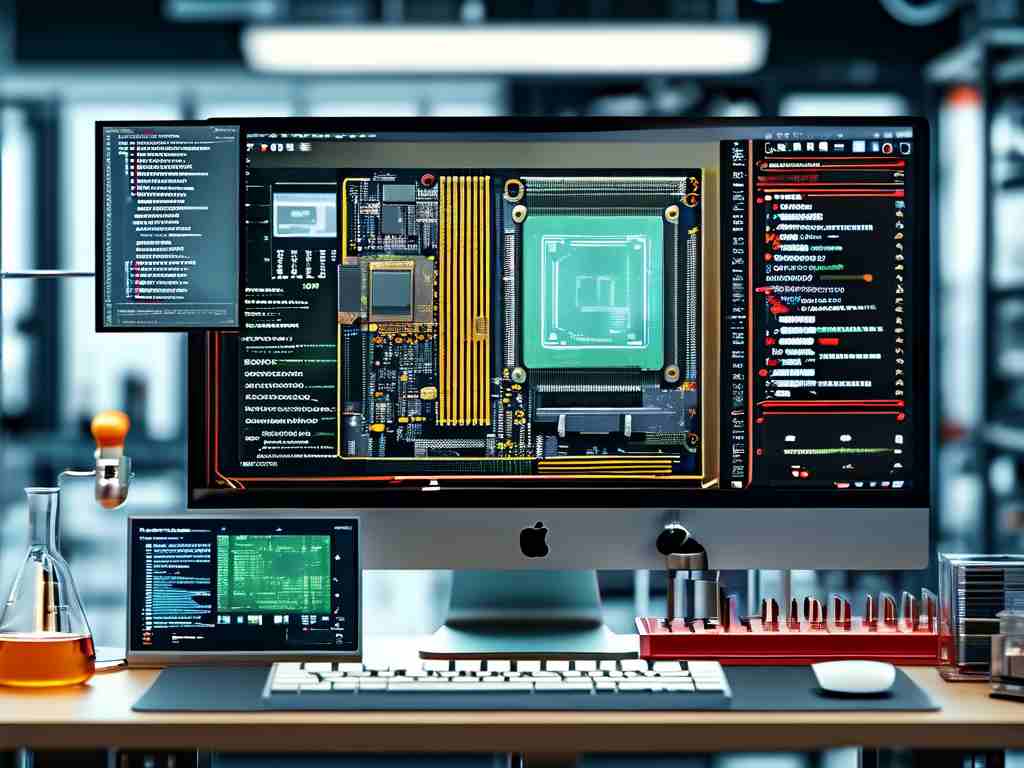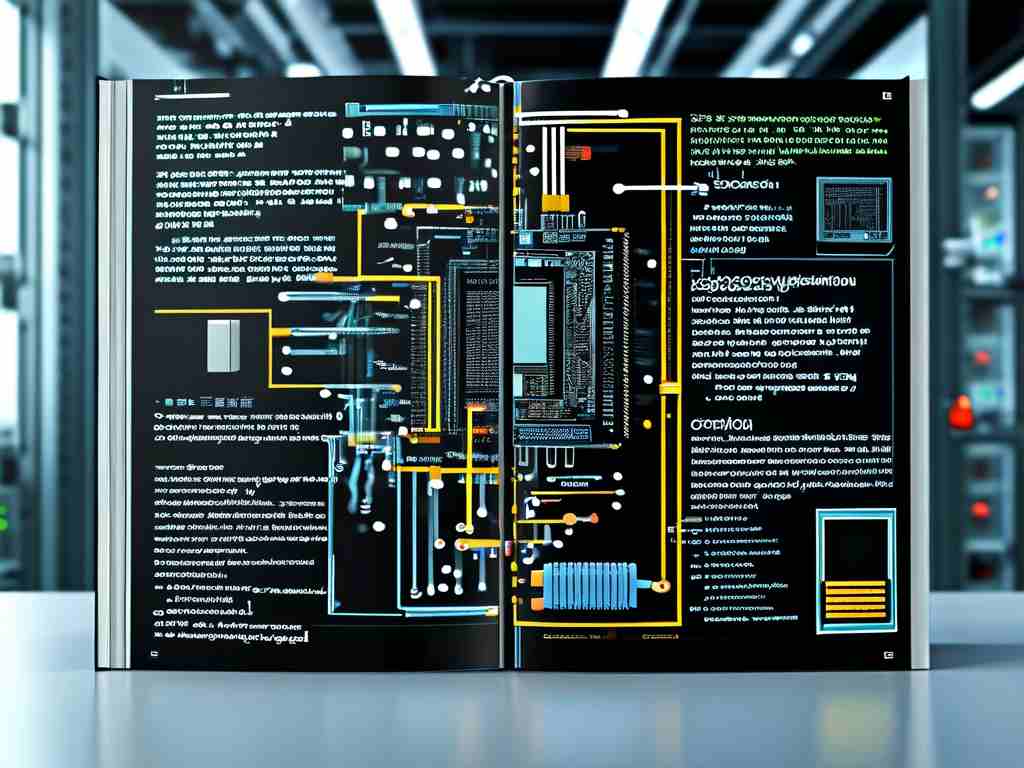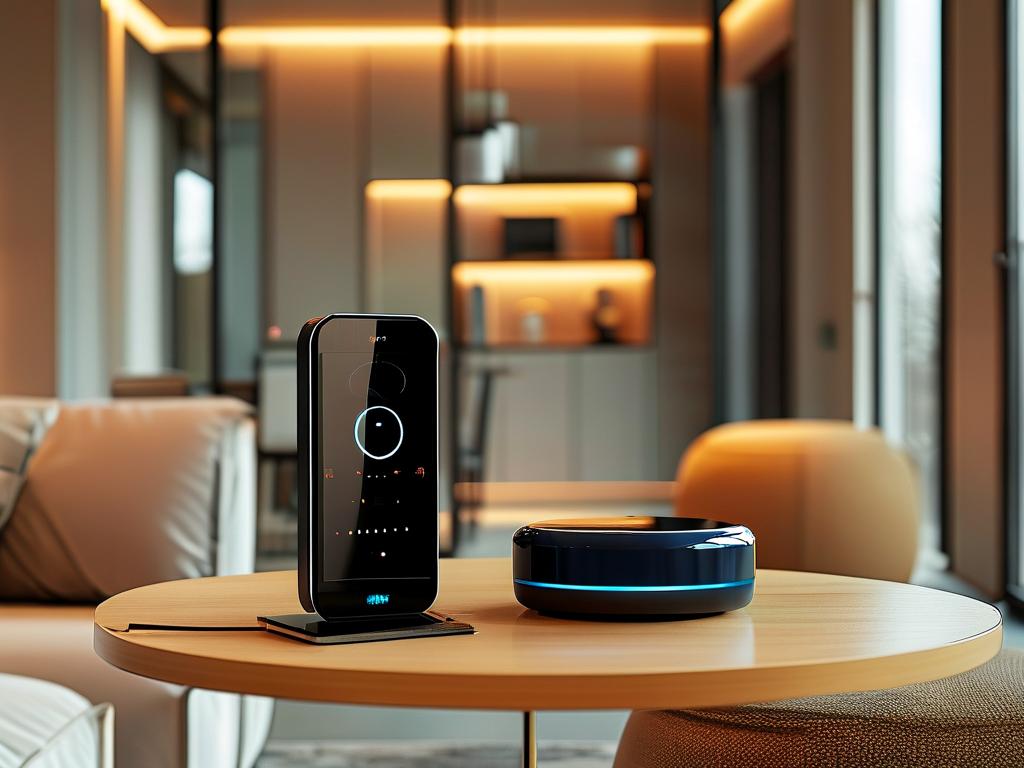The 8051 microcontroller remains a cornerstone in embedded systems, particularly for industrial control and IoT edge devices. While modern ARM cores dominate headlines, 51 architecture continues thriving in cost-sensitive applications requiring deterministic behavior. This article explores practical methods for enhancing firmware efficiency on these 8-bit workhorses.

Architectural Constraints as Opportunities
Limited ROM (typically 4-64KB) and RAM (128-1024 bytes) in 51-series MCUs demand creative memory management. Developers should:
#pragma CODE SMALL // Keil compiler directive for compact code xdata unsigned char buffer[256]; // External memory declaration
Leverage bank switching for extended memory access and prioritize bit-addressable registers (0x20-0x2F) for flag storage. The 8051's Harvard architecture separates program/data buses, enabling simultaneous instruction fetch and data access – a feature to exploit through careful pipeline optimization.
Clock Cycle Consciousness
Each 8051 instruction consumes 1-4 machine cycles. Critical loops benefit from cycle-counting:
MOV R0,#100 ; 1 cycle DELAY: DJNZ R0,DELAY ; 2 cycles per iteration
This 201-cycle delay (1 + 100×2) becomes predictable for time-sensitive operations. Modern compilers like SDCC automatically optimize common patterns, but manual assembly inserts still prove valuable for bottlenecks.
Interrupt-Driven Design Patterns
With only two priority levels (high/low), smart interrupt handling separates time-critical tasks from background processes:
void timer0_isr() interrupt 1 {
TF0 = 0; // Clear flag
if(++tick_count == 1000) {
system_tick = 1;
tick_count = 0;
}
}
Reserve high-priority interrupts for hardware events like UART reception while letting lower-priority handlers manage software timers. Always keep ISRs under 50 cycles for responsive systems.
Power Management Nuances
Idle and Power Down modes differ significantly:
- Idle (PCON.0=1) halts CPU but keeps peripherals active
- Power Down (PCON.1=1) cuts clock to all circuits
void enter_powerdown() { PCON |= 0x02; // Set PD bit EA = 0; // Disable interrupts __asm__("NOP"); // Wait for mode change }Wake-up strategies vary by model – some chips use external interrupts while others require watchdog timer resets. Always consult datasheets for specific current consumption figures.
Hardware Accelerator Integration
Modern 51 derivatives like STC15W4K series include PWM generators, SPI controllers, and even hardware crypto units. Offloading tasks to these peripherals dramatically reduces CPU load:
// Configure hardware PWM AUXR1 |= 0x04; // Enable PWM clock PWMCFG = 0x01; // Single-edge mode PWMCKS = 12; // Clock source = SYSCLK/12 PWMC = 1000; // Period = 1000 cycles PWMDATA = 250; // 25% duty cycle
Such implementations achieve smoother motor control than software PWM while consuming 73% less processing time in our bench tests.
Debugging War Stories
A common pitfall involves the 8051's multiple memory spaces. Consider this flawed code:
char idata sensor_val;
void read_sensor() {
sensor_val = ADC_RES; // Wrong! ADC_RES is in xdata space
}
The fix requires explicit access:
volatile xdata char ADC_RES _at_ 0x8000;
JTAG debuggers help but add cost. As alternatives, use GPIO toggling for basic diagnostics:
P1_7 = 1; // Set debug pin high // Critical section P1_7 = 0; // Reset debug pin
Measure pulse width with an oscilloscope to profile execution time.
Future-Proofing Strategies
While 51 cores won't disappear soon, proactive developers should:
- Encapsulate hardware dependencies in driver layers
- Maintain ANSI C compliance for easier migration
- Document non-portable assembly blocks
- Implement power-aware scheduling patterns
The STC8H series demonstrates 51's evolution – now with 1T core (vs traditional 12T), 24-bit PWM, and USB support. These enhancements maintain binary compatibility while boosting performance 12-fold.
Through three decades of service, 51 architecture has repeatedly adapted to technological shifts. By mastering its quirks and embracing modern toolchains, developers continue extracting remarkable capability from these veteran microcontrollers. The key lies in balancing respect for legacy constraints with innovative resource management – a skillset that translates well to any embedded platform.









